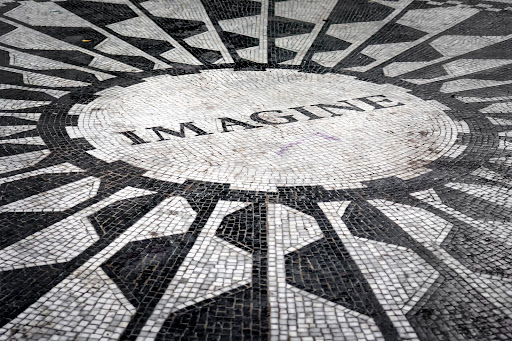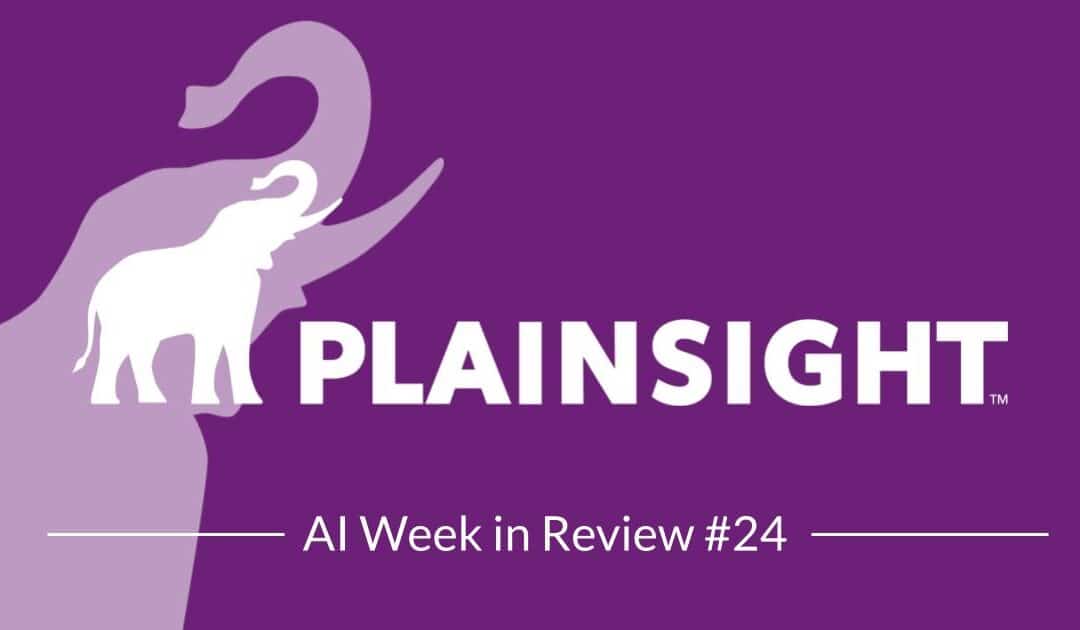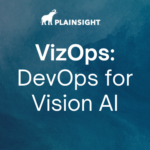I Get By With A Little Artificial Help From My Friends
AI Lends a Helping Hand to Complete Beatles’ Last Song
Beatles fans, music lovers, and AI enthusiasts from around the world came together this week over the news that AI “extricated” John Lennon’s voice from an old demo to help Paul McCartney complete a song that is being called the Beatles’ last song. The song’s name has not been released but there is speculation that it’s likely the 1978 Lennon composition called Now And Then.

The original Now And Then tracks are lo-fi boombox recordings of Lennon in his New York apartment and were given to McCartney by Yoko Ono on cassettes labeled “For Paul”. Despite challenges with the recordings like a persistent buzzing sound and background instrumentals, AI was able to separate Lennon’s voice to complete the project. The record is due to be released later this year.
Humans are remarkably good at distinguishing voices from background noise known as The Cocktail Party Effect. However, the development of models to automate technological speech recognition and separation requires deep learning expertise and when the visual representation of audio is involved, computer vision expertise plays an integral part. In his TDS post, Audio Deep Learning Made Simple: Automatic Speech Recognition (ASR), How it Works, Ketan Doshi takes a brilliant deep dive and breaks it all down.
The Beatles’ news amplifies the power of AI, ML, and LLMs and the advancements in speechtech for the masses. As the daughter of a pioneer in speech and hearing therapy in public schools, I’d be remiss not to sing my praises for the transformative use of AI and ML algorithms to isolate sounds and cancel noise for hearing aid technology. Life-changing applications for those with hearing loss are a focus for giants in the AI industry. An example of one such AI/ML collaboration is Google’s recent partnership with Cochlear to personalize hearing aids and cochlear implants based on each individual and environment.
The future of AI to enhance and preserve creative works holds exciting possibilities and Sir Paul may be becoming a groupie. AI has starred in some of McCartney’s prior projects. Separating the Beatles’ voices for “clean ” audio allowed Paul to perform a “duet” with Lennon on his recent tour, and AI helped compose new surround sound mixes in last year’s Beatles’ Revolver album. As he puts it, “It’s kind of scary but exciting, because it’s the future. We’ll just have to see where that leads.”
The Future of AI at Meta: AI Will Be Your New BFF
In a recent Lex Fridman Podcast episode, Future of AI at Meta, Facebook, Instagram, and WhatsApp, Meta CEO Mark Zuckerberg, unveiled his plan to integrate AI across all Meta products. This move aims to harness the power of AI to enhance user experiences, provide personalized recommendations, and drive overall engagement on the platform.
In this wide-ranging conversation, Zuckerberg and Fridman discuss AI’s benefits as a practical tool integrated across all and not just a product. His ideas include using AI for advertising, simplifying complex tasks in the Metaverse, and aiding social interaction. He also plans to deploy many large language models (LLMs) tailored to different business needs.
With AI chatbots as social assistants and AI tools to help brands negotiate advertising deals, Zuckerberg’s vision represents a shift in online interaction. Favoring personalized AI experiences instead of a one-size-fits-all approach, he emphasized the importance of community-oriented, democratic product development, laying the groundwork for a suite of AI tools.
As an AI tech marketer, I’m very excited by Zuckerberg’s vision for ad creation based on natural language inputs. By simply stating their offerings, AI could craft an ad unit to connect me with the right audiences. In terms of the Metaverse, Zuckerberg predicts that AI will simplify complex tasks such as coding. In regard to the Metaverse, users will be able to describe the world they want to create, and AI will generate the code for them. Generative AI for Instagram would allow users to modify their photos or sharing using text prompts fusing Meta’s tools.
Zuckerberg also believes AI assistants, serving as mentors, life coaches, and cheerleaders, have the ability to help break down communication barriers and improve social connections and communication by enhancing social companionship.
Meta’s initial consumer-facing tools are expected to launch this year.
Meanwhile in Europe… Lawmakers are Leading the Push for AI Regulation
On Wednesday, European lawmakers signed off the world’s first set of comprehensive rules for artificial intelligence, clearing a key hurdle as authorities across the globe race to rein in AI.
The European Parliament vote is one of the last steps before the rules become law, which could act as a model for similar regulations elsewhere.
Known as the AI Act, the landmark legislation aims to promote “human-centric and trustworthy AI,” introducing “obligations for providers and those deploying AI systems,” and proposes bans on any intrusive and discriminatory use of the technology.
In the last few years, Brussels has sought to develop guardrails around AI. This effort has become more urgent as chatbots, such as ChatGPT, show the benefits that can be derived from it, as well as the need for ongoing responsible oversight by humans.
About Plainsight
Plainsight dramatically reduces the cost and complexity of AI-powered computer vision across many verticals and enterprise use cases, including manufacturing, retail, food service, theft, and more. As companies automate their operations with AI and Agents, Plainsight brings vision capabilities to watch and analyze events in the real world and generate structured data for analytics and reporting. Headquartered in Kirkland, Washington, Plainsight Technologies operates as a distributed team, delivering cutting-edge solutions worldwide. To learn more, visit plainsight.ai.




